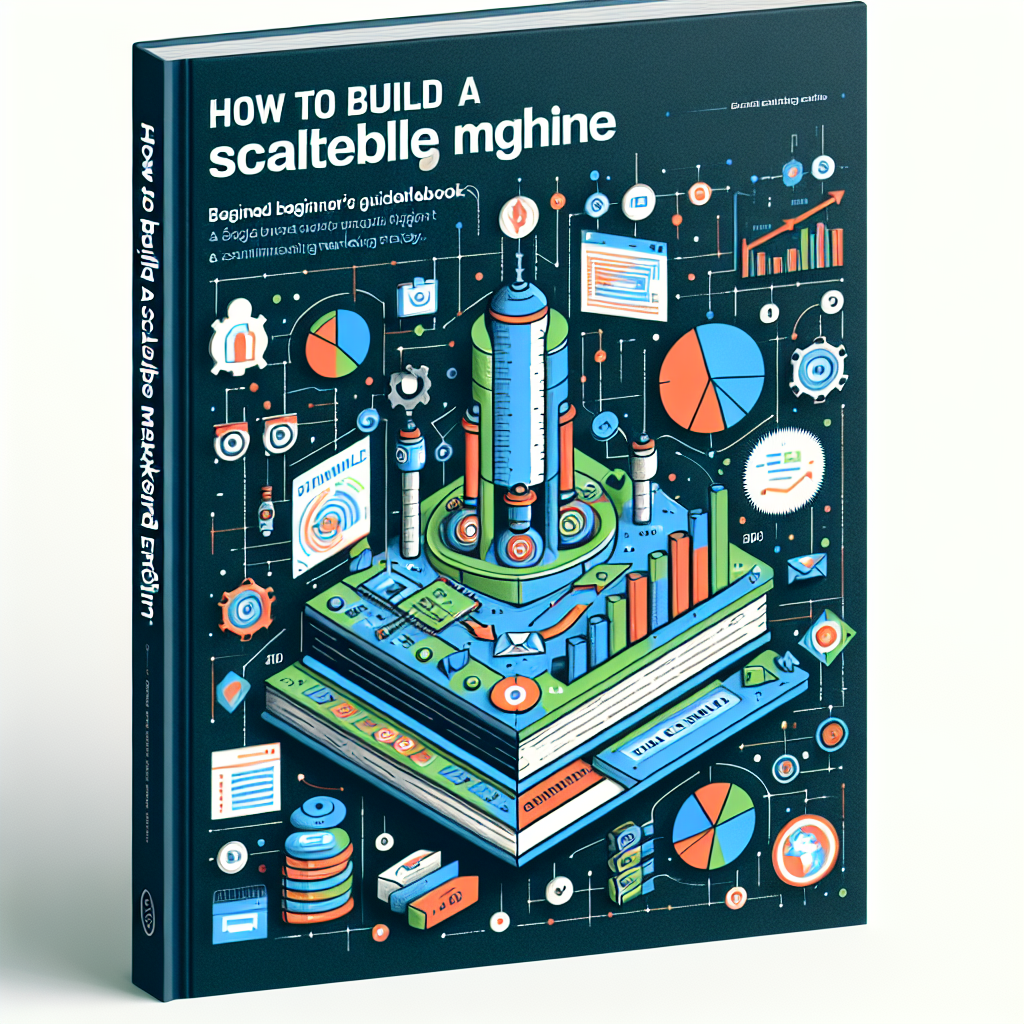-
Table of Contents
- How to Build a Scalable Marketing Engine
- The Problem with Most Marketing “Strategies”
- Symptoms of a Non-Scalable Marketing Operation
- What Is a Scalable Marketing Engine?
- Core Components of a Scalable Marketing Engine
- Framework: The 5P Model for Scalable Marketing
- 1. Positioning
- 2. Pipeline
- 3. Publishing
- 4. Promotion
- 5. Performance
- Case Study: From Chaos to Compound Growth
- Truth Bomb
- Common Pitfalls to Avoid
How to Build a Scalable Marketing Engine

Most marketing teams are duct-taping tactics together and calling it strategy. If your growth plan depends on luck, a viral TikTok, or your intern’s horoscope, it’s time to build a real marketing engine. One that scales. One that works. One that doesn’t implode when your CMO takes a vacation.
In this article, we’re not going to spoon-feed you the same tired advice about “knowing your audience” or “posting consistently on social.” We’re going to dismantle the myths, challenge the norms, and show you how to architect a marketing engine that doesn’t just scale—it compounds.
The Problem with Most Marketing “Strategies”
Let’s be honest: most marketing strategies are just glorified to-do lists. A few campaigns here, a couple of blog posts there, and maybe—just maybe—a webinar that three people attend (two of whom work at your company).
Here’s the truth: if your marketing plan can be derailed by a single team member leaving or a budget cut, it’s not a strategy. It’s a house of cards.
Symptoms of a Non-Scalable Marketing Operation
- Every campaign is a one-off with no compounding value
- Marketing success depends on a few “rockstars” instead of systems
- There’s no clear connection between marketing activities and revenue
- Data is scattered across 17 tools and 4 spreadsheets
- Content is created in silos with no long-term plan
If any of these sound familiar, congratulations—you’re not alone. But you are vulnerable.
What Is a Scalable Marketing Engine?
A scalable marketing engine is a repeatable, measurable, and adaptable system that drives consistent growth. It’s not a campaign. It’s not a funnel. It’s not a “growth hack.”
It’s a machine. And like any good machine, it runs on systems, not superstars.
Core Components of a Scalable Marketing Engine
- Strategic Positioning: Clear, differentiated messaging that aligns with your market’s pain points
- Content Infrastructure: Evergreen content that compounds over time and feeds multiple channels
- Channel Discipline: Focused acquisition strategies that are tested, optimized, and scaled
- Revenue Attribution: A clear line from marketing activity to pipeline and closed-won deals
- Ops & Automation: Systems that reduce manual work and increase speed-to-market
Framework: The 5P Model for Scalable Marketing
Let’s break it down into a framework you can actually use. I call it the 5P Model:
1. Positioning
If your positioning is weak, everything else breaks. You can’t scale what people don’t understand or care about. Your messaging should punch through the noise like a sledgehammer through drywall.
- Define your category or subcategory
- Articulate your unique point of view
- Align messaging with customer pain, not product features
2. Pipeline
Not just leads. Pipeline. Real, qualified opportunities that your sales team doesn’t roll their eyes at.
- Map your buyer journey and identify friction points
- Use intent data to prioritize high-fit accounts
- Build campaigns that create demand, not just capture it
3. Publishing
Content is not king. Distribution is. But you can’t distribute what you don’t create. Build a content engine that feeds your entire go-to-market motion.
- Create pillar content that can be atomized across channels
- Use SEO strategically—not just for traffic, but for conversion
- Repurpose content into sales enablement, email, and social
4. Promotion
Paid media isn’t a crutch—it’s a lever. But only if you know how to pull it correctly.
- Test channels methodically (don’t shotgun your budget)
- Use creative that aligns with funnel stage and buyer intent
- Retarget with purpose, not desperation
5. Performance
If you can’t measure it, you can’t scale it. But don’t drown in dashboards. Focus on metrics that matter.
- Track pipeline contribution, not just MQLs
- Use cohort analysis to understand long-term impact
- Automate reporting to free up strategic thinking time
Case Study: From Chaos to Compound Growth
One of our clients—a B2B SaaS company—was stuck in the “random acts of marketing” loop. They had a blog, a few paid ads, and a sales team begging for better leads.
We implemented the 5P Model. Within 6 months:
- Marketing-sourced pipeline increased by 312%
- Content velocity tripled without increasing headcount
- Sales cycle shortened by 22% due to better lead quality
The kicker? They didn’t spend more. They just spent smarter.
Truth Bomb
If your marketing engine can’t run without you, it’s not an engine—it’s a hamster wheel.
Common Pitfalls to Avoid
- Shiny Object Syndrome: Every new tool or tactic is not a strategy
- Over-Reliance on One Channel: If Google changes its


Leave a Reply